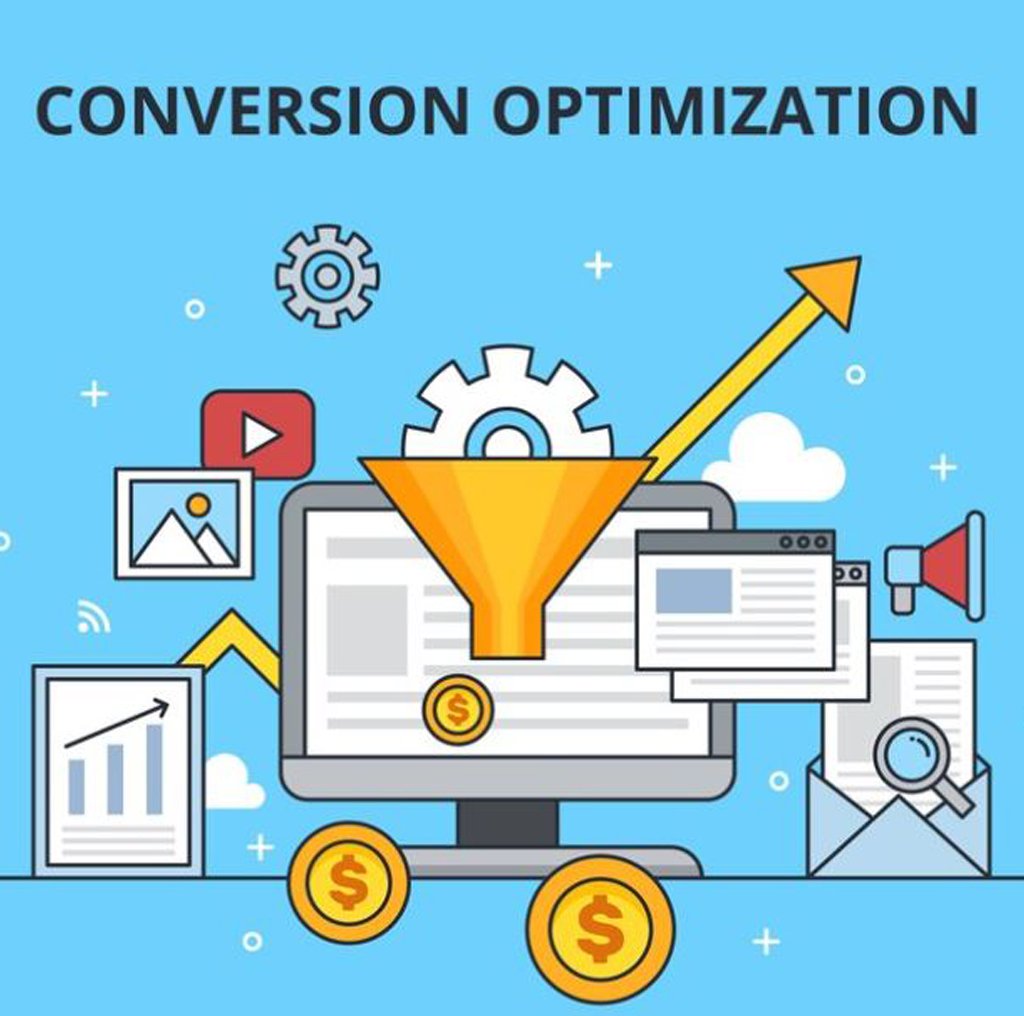The Crucial Role of User Experience (UX) in
Enhancing Conversion Rate Optimization (CRO)
June 03, 2024 | Digital Techtune

Introduction
In the ever-evolving digital landscape, businesses are constantly engaged in a relentless pursuit to maximize their online presence and drive conversions. At the heart of this endeavor lies Conversion Rate Optimization (CRO), a strategic process aimed at improving the percentage of website visitors who take desired actions, such as making a purchase, signing up for a service, or completing a form. However, the success of CRO strategies is intricately tied to the quality of User Experience (UX) provided to visitors. In this extensive exploration, we will delve into the profound relationship between UX and CRO, elucidating how a seamless user experience can significantly bolster conversion rates and propel business growth.
Unraveling the Essence of User Experience (UX)
UX encapsulates all facets of a user’s interaction with a product, service, or system, with the overarching goal of fulfilling their needs and delivering satisfaction. It encompasses a myriad of elements, including usability, accessibility, desirability, and overall functionality. A positive UX ensures that users can effortlessly navigate through a website, locate relevant information, and accomplish their objectives with minimal friction and frustration.
Deciphering the Significance of CRO
CRO revolves around optimizing conversion pathways, ensuring that visitors are guided seamlessly towards taking desired actions that align with business objectives. Whether it’s making a purchase, subscribing to a newsletter, or engaging with content, CRO strategies aim to eliminate obstacles and encourage users to interact meaningfully with the website. By enhancing conversion rates, businesses can fortify their bottom line, augment revenue streams, and maximize the return on investment (ROI) from their digital endeavors.
The Intricate Interplay Between UX and CRO
The relationship between UX and CRO is symbiotic, with each exerting a profound influence on the other. A well-crafted UX serves as the bedrock for effective CRO strategies, while CRO initiatives, in turn, refine and elevate the overall user experience. Let’s explore in detail how various UX elements contribute to the success of CRO efforts:
1. Intuitive Navigation
User-friendly navigation is paramount for guiding visitors through a website and facilitating their journey towards conversion points. Clear, intuitive menus, consistent layout patterns, and strategically placed calls-to-action (CTAs) aid users in swiftly finding what they seek, thereby reducing bounce rates and enhancing the likelihood of conversions.
2. Responsive Design
With the ubiquitous usage of mobile devices, responsive design has become indispensable for delivering seamless user experiences across diverse screen sizes and resolutions. A website that seamlessly adapts to different devices ensures that visitors can access content and complete actions irrespective of their chosen platform. Responsive design not only enhances usability but also bolsters CRO by catering to the preferences of mobile users, who constitute a significant portion of online traffic.
3. Page Load Speed
In today’s fast-paced digital realm, users demand instantaneous access to information, necessitating swift page load times. Sluggish-loading pages not only frustrate visitors but also deter them from further engagement with the site. Optimizing page load speed through techniques such as image optimization, browser caching, and code minification is imperative for retaining user interest and maximizing CRO potential. Studies have shown that even marginal improvements in page load time can yield substantial increases in conversion rates.
4. Compelling Visual Design
Visual elements wield significant influence in capturing users’ attention and evoking emotional responses. Aesthetically pleasing layouts, high-quality imagery, and engaging multimedia content not only enhance the overall allure of a website but also reinforce its brand identity. By leveraging compelling visual design, businesses can craft memorable experiences that resonate with visitors and propel them towards conversion actions.
5. Persuasive Copywriting
Effective copywriting plays a pivotal role in communicating value propositions, addressing user pain points, and compelling visitors to take action. Captivating headlines, succinct product descriptions, and persuasive CTAs can profoundly shape user behavior and bolster conversion rates. By crafting compelling copy that resonates with the target audience, businesses can instill a sense of urgency and prompt users to make informed decisions.
6. Seamless Checkout Process
For e-commerce websites, the checkout process represents a critical juncture where conversions can either be facilitated or abandoned. A seamless, frictionless checkout experience, characterized by simplified forms, multiple payment options, and transparent shipping policies, is essential for curtailing cart abandonment rates and maximizing sales. By optimizing the checkout process, businesses can eliminate barriers to conversion and streamline the path towards purchase completion.
7. A/B Testing and User Feedback
A/B testing and user feedback serve as indispensable tools for refining UX elements and optimizing conversion pathways. By systematically testing different design variations, CTAs, and user flows, businesses can discern which strategies resonate most effectively with their target audience. Similarly, soliciting feedback from users through surveys, usability studies, and heatmaps furnishes valuable insights into pain points, preferences, and areas for enhancement. By leveraging data-driven insights, businesses can iteratively enhance the user experience and unlock the full potential of CRO.
Case Studies and Exemplars
A plethora of case studies and real-world examples underscore the tangible impact of UX on CRO:
1. Airbnb
Airbnb’s meteoric rise can be attributed, in part, to its intuitive UX design, which facilitates seamless browsing, booking, and payment processes. By prioritizing user experience, Airbnb has cultivated trust and loyalty among its user base, driving exponential growth and market expansion.
2. Amazon
Amazon’s unwavering commitment to optimizing the user experience has propelled it to the zenith of online retailing. Through features such as one-click ordering, personalized recommendations, and hassle-free returns, Amazon has revolutionized the e-commerce landscape, culminating in unparalleled conversion rates and customer satisfaction.
3. Spotify
Spotify’s user-centric design and personalized recommendations have redefined the music streaming industry. By harnessing data-driven insights and intuitive interface design, Spotify has crafted a seamless user experience that fosters engagement and fuels conversions, solidifying its position as a trailblazer in the streaming realm.
Conclusion
In summary, the role of User Experience (UX) in Conversion Rate Optimization (CRO) is unequivocally pivotal. A meticulously designed UX serves as the linchpin of effective CRO strategies, facilitating intuitive navigation, responsive design, compelling visual elements, persuasive copywriting, and frictionless checkout processes. By prioritizing user experience and iteratively refining design elements based on empirical insights, businesses can elevate conversion rates, foster customer engagement, and realize their digital aspirations. In an era characterized by incessant digital evolution, organizations that accord primacy to UX and CRO will invariably maintain a competitive edge and flourish in an increasingly dynamic marketplace.
References
- Nielsen Norman Group. (n.d.). User Experience (UX) Design. Retrieved from https://www.nngroup.com/articles/definition-user-experience/
- Kissmetrics. (n.d.). What is Conversion Rate Optimization (CRO)? Retrieved from https://www.kissmetrics.com/glossary/conversion-rate-optimization/
- Moz. (n.d.). The Beginner’s Guide to Conversion Rate Optimization (CRO). Retrieved from [https://moz.com/beginners-guide-to-conversion-rate-optimization](https://moz.com

